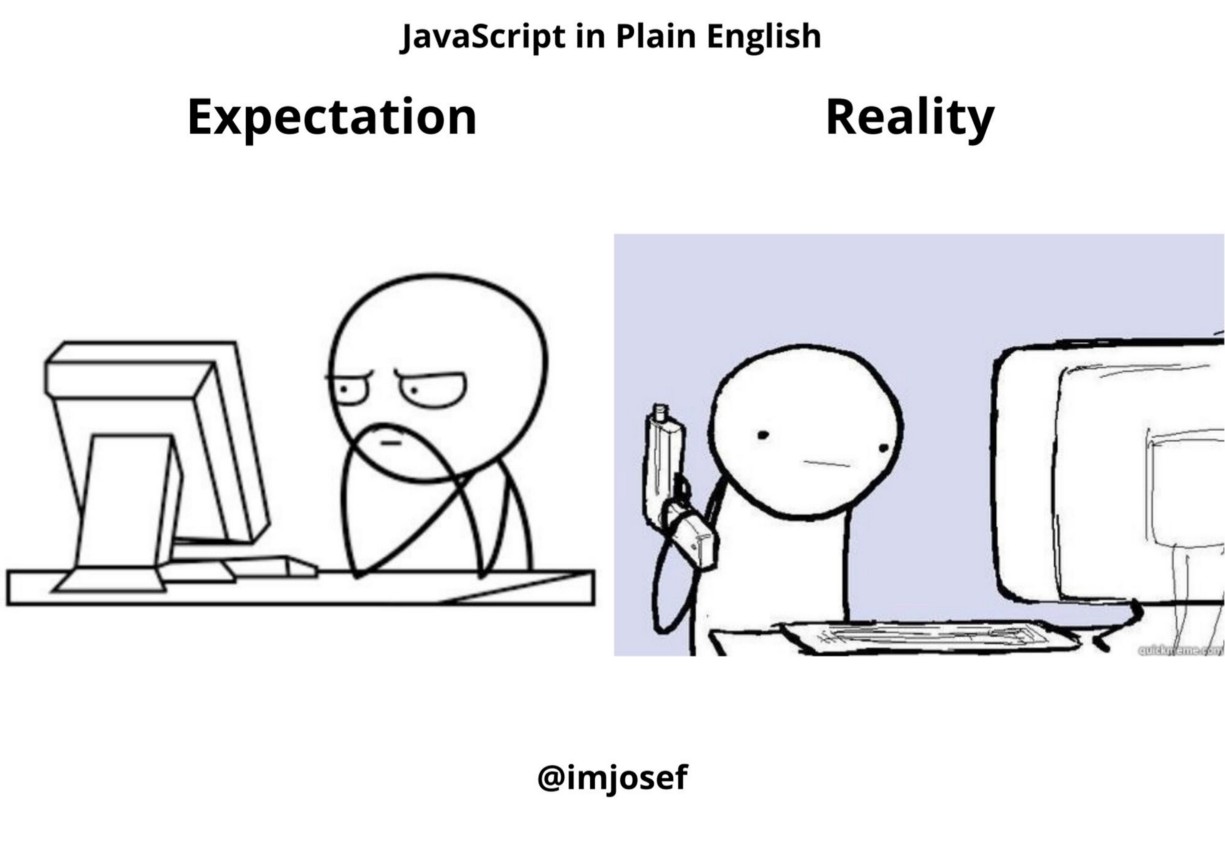Setting expectations is probably one of the most widely acknowledged steps that needs to be performed for proper relationship management. In the case of Client Relations, this is also one of the most often missed steps. Miscommunication is just another form of expectations that weren’t set properly. Products delivered that are different than what was needed or requested are again another form of missed expectations. Missed expectations are just another way of saying they weren’t set in the beginning.
The most common mistake made is people forget that expectations should be set during each interaction with someone. It is not a one-time set and forget step that once completed never has to be looked at again. In my article “About You” I talk about how another persons perception of an exchange should be part of your perspective. Given how different our backgrounds, and skillsets are, it’s very easy for us to understand the same exact words in two or more very different ways. You want to make sure your entire exchange is as clear as possible, and that includes any expectations they have of you regarding the product you are going to deliver or the time of delivery. Instead of “setting expectations for the project (or service)” what you want to do is “Set expectations for the next communication”, reframing it in your mind so you’re prepared each time to re-establish the expected delivery of date and product and new follow up time.
Setting expectations can also help when it comes to technical support. IT Professionals generally have the feeling that we are role playing as heroes, thrust into this scary world where we really don’t know what we are doing, and if not but for the grace of Google everyone would instantly see right through our flimsy super hero mask and tell us to go home and stop playing dress up. This is compounded with a very healthy dose of Imposters Syndrome. Everyone gets it. Especially the ones who sound and act super confident, like myself. This makes it very difficult for us to admit when we don’t know something, as we feel its dangerously close to the mask slipping. Additionally there has always been an -almost condescending- attitude of “The user isn’t a tech and doesn’t need to know the specifics as long as its working” which some companies have taken as a license to make it policy to NOT ask the User any follow up questions to the point of figuring it out or asking anyone else first and only go back as a last resort. In the end if you cannot accurately receive the problem from the user then how do you know what you’re fixing is even what they care about. If you spend all your time fixing what you think the issue is and in reality its completely unrelated then you end up with a frustrated end user. Talking to the user and making sure you fully understand the problem from their point of view will allow you to meet the expectations that they have and will allow you to set new expectations if needed during the exchange (“I’m so sorry the file closed without being saved, there really isn’t anything I can do to bring it back”)
This brings me to the real point I wanted to write about that somehow turned into a much longer post. Often times as IT Professionals we run into a situation where we have to give bad news to the User reporting an issue. This can be delivered one of two ways.
- The most common way is where we look into an issue, spending time and research before telling the user “I’m so sorry there’s nothing we can do”. The call ends and the user is left devastated or angry and not at all willing to leave any kind of feedback about how your service was, or at the very least definitely not any Positive feedback. Is it your fault that your super powers are really just as constrained as any human? Not really, but the User doesn’t think about that as all he can see is you refusing to grant him the one miracle he needs right now while you happily go on performing miracles for other people.
- Another way of doing this is by approaching it with two stages in mind, focusing again on setting expectations. Keeping in mind that its okay to say you don’t have all the answers, I like to break the bad news immediately, as soon as I spot the potential for it, but keep it open. “I’m so sorry, I don’t think we’re able to fix this, but I could be wrong. Let me look into the options and I’ll let you know shortly” (This is stage 1). It’s very possible that I’ll find something I hadn’t thought of immediately, or a creative solution may come to mind. Setting the expectation immediately leaves the user with the ability to think of contingencies “what happens if we can’t fix this, how do we move forward” while also remaining hopeful that there’s a chance for a fix. It allows the User to clearly think without panicking about all the work that has been lost because “He might be able to fix it. We’ll know soon”. Users are the same humans as us IT Professionals, they have healthy brains and the ability to problem solve. They may not be interested in solving an IT Problem, but how to recover from a situation where there’s lost business or work is something they can deal with while we work on the Technology side. Two hours later I reach back out with Stage 2 and have one of two things to say.
- “Hello, unfortunately I tried everything and we’re unable to bring this work back. I’m so sorry”. With this being broken into two stages, it allows the user to prepare for this eventuality, Instead of anger or grief you’re suddenly dealing with gratefulness. They’re appreciative that you tried even though you thought it was hopeless and can see the effort you put in. While there are still those who’s anger will come out, a lot more of them will express that appreciation with a positive review, even when they normally wouldn’t have bothered to review at all! In many cases it has happened that by the time I called them back to offer a solution or tell them it was hopeless, they had already found a business workaround or another way to recover what was lost that makes it irrelevant and they are still appreciative for the effort you put in.
- “Great news! I was able to find a crazy solution and we got some/most/all of your work back!”. Suddenly the mask you wear is well deserved, the user is more grateful than they would have been had you just solved it on the spot during the first call. This is because you’ve broken their expectations initially with stage 1 and setup a new expectation. “This is hard, and we might fail but lets do it anyway” and your success is now exceeding their expectations. Again this would most likely lead to positive feedback whereas otherwise they may not have bothered because fixing it is “par for the course”
In conclusion, it is important to keep in mind with every conversation that there is two sides on a scale of what you expect to deliver and what they expect you to deliver. Make sure you keep those as well balanced as possible, and as close to reality as possible, so as to ensure you can provide your best service. Remember that you do not need to have all the answers, you just need to be confident that you can find them when needed. Reassure your customers that they do not pay you to be superman, they just pay you to take the time to find resolutions faster than they would be able to themselves.

